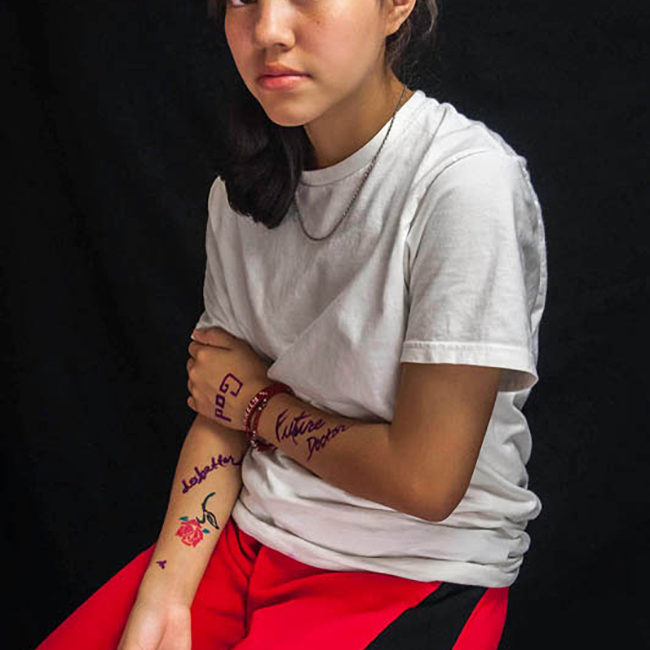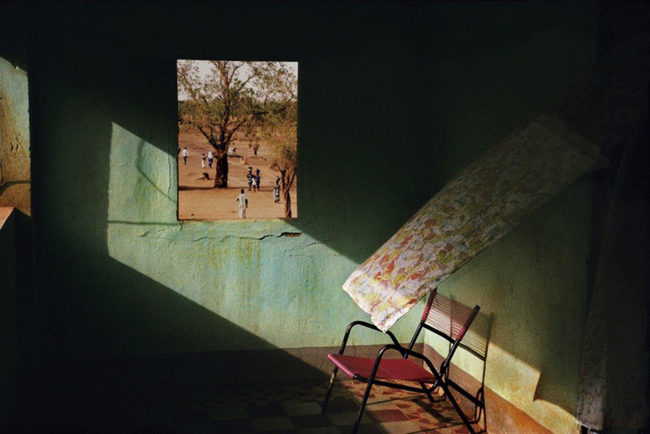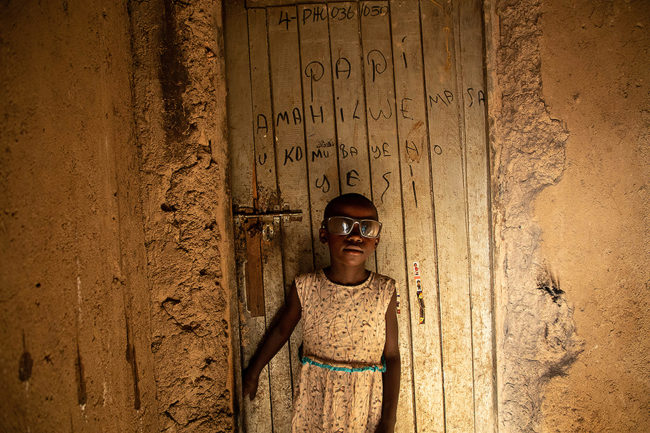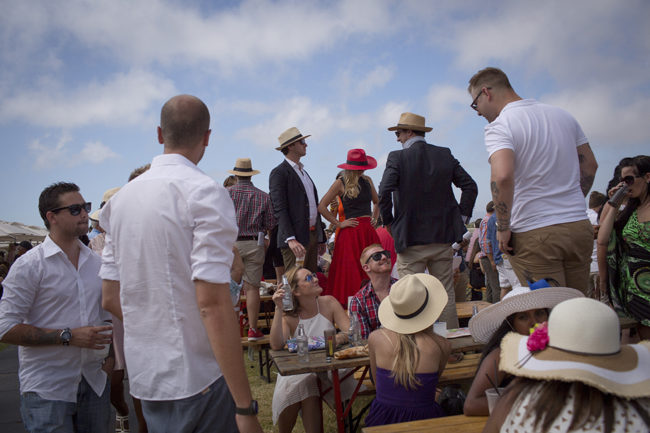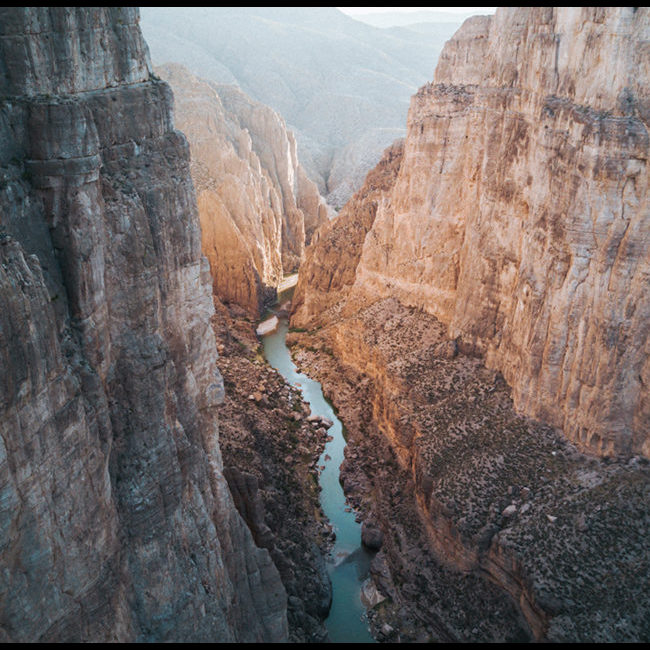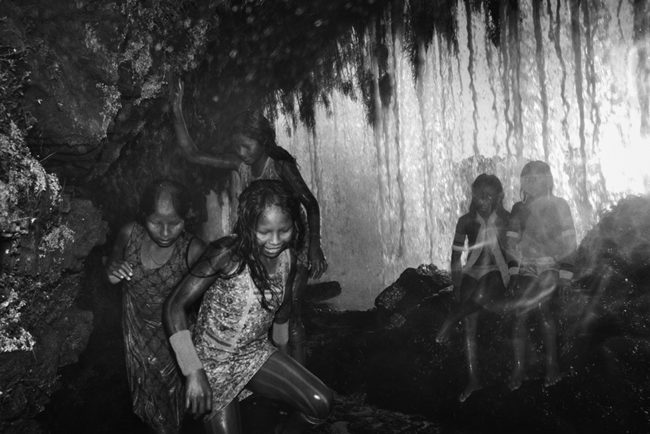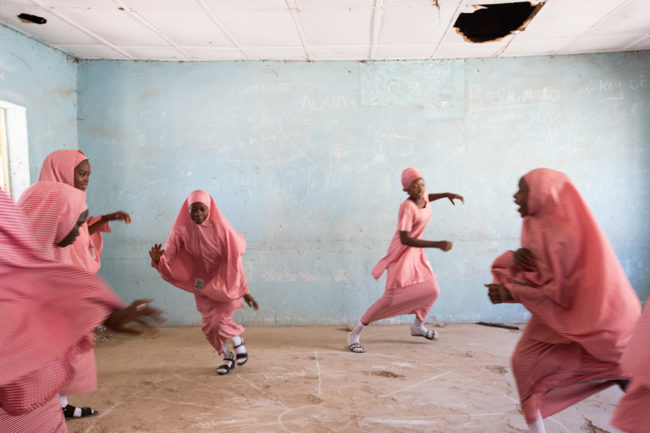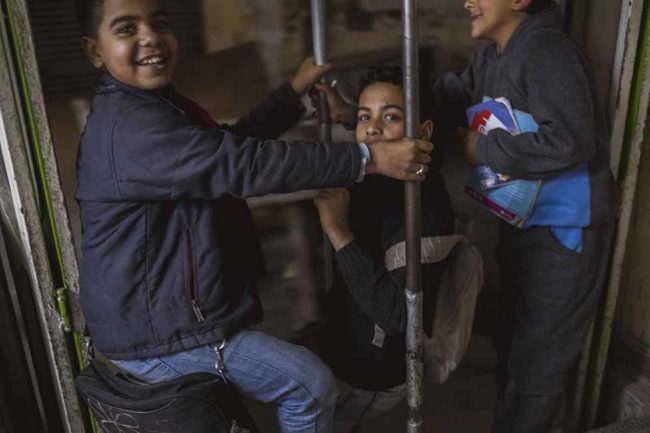Tony Vaccaro shipped out to Europe in 1942 with the 83rd Infantry Division, carrying both a rifle and a $47 Argus C3 rangefinder camera. He spent the next three years documenting his experience on the front lines of World War II. With a sharp eye for composition, gesture, and the decisive moment, Vaccaro captured a rare view of the war from a grunt’s perspective. He processed his film at night in army helmets, hung it from tree limbs to dry, then carried his negatives through the war in his backpack. After the war, he worked as a news photographer in Europe for several years. He returned to the U.S. in 1949 to pursue a career shooting features and fashion for Life, Look, Harper’s Bazaar and other publications.
Now 93, Vaccaro is basking in the limelight of a retrospective exhibition called “Tony Vaccaro: War, Peace, Beauty,” and a documentary film called Underfire: The Untold Story of PFC Tony Vaccaro. In the film, premiering on HBO November 14, Vaccaro recounts the fear and courage, heartbreak and hope of his war experience. And with a spry step, he takes filmmaker Max Lewkowicz (and viewers) on a guided tour of actual scenes of some of his most memorable photographs, recalling the circumstances in vivid detail and honoring the memories of his subjects. Tyler Hicks, Lynsey Addario, Anne Tucker, John Morris and James Estrin also appear in the film.
UNDERFIRE: The Untold Story of Tony Vaccaro (trailer).
“Bullets came within millimeters of me. I was just lucky” to survive, Vaccaro told PDN in an interview last week. Because he served as an infantryman rather than an official military photographer, Vaccaro explains: “I thought first of shooting [with a rifle]. I made sure I was safe, then I would use the camera.”
His intent was to show the reality of the war, in contrast to the often staged narratives (read: propaganda) that official military photographers were depicting with their cumbersome Speed Graphic cameras. “I wanted realism,” he says. “When you pose [pictures], something is missing. I wanted to just take [pictures of] what was happening, not what I was thinking was happening.” He hopes aspiring photographers take note. “I want everyone who goes into photography to please tell the truth,” he says. “Don’t pose. Tell reality.”
Unfortunately, thousands of Vaccaro’s negatives were destroyed by a flood in a basement storage room not long after the war. He is still deeply pained by that loss. But several hundred negatives escaped damage, and after he returned to the U.S., Vaccaro assembled a portfolio of some of the surviving images, and took it to the offices of Look magazine in New York. Flair magazine was a sister publication that shared the same office, and as soon as Flair editor Fleur Cowles saw Vaccaro’s pictures, “She said, ‘You’re not going anywhere, young man. You’re going to work for Flair magazine,'” he recalls.
Selections of his war photographs, along with photographs he shot over the ensuing years for Flair, Look and other publications, will be on display in a show organized by Monroe Gallery, in a space at 508 W 26th Street in New York City, from November 11 through November 21. Underfire, which was co-produced by Estrin, will be available for streaming on HBO until November 2017.
Related Stories:
Thank You For Your Service
Remembering the Battle of Arnhem
Portraits That Tell Stories: Joe Pugliese’s Photos of Veterans and Their Families
